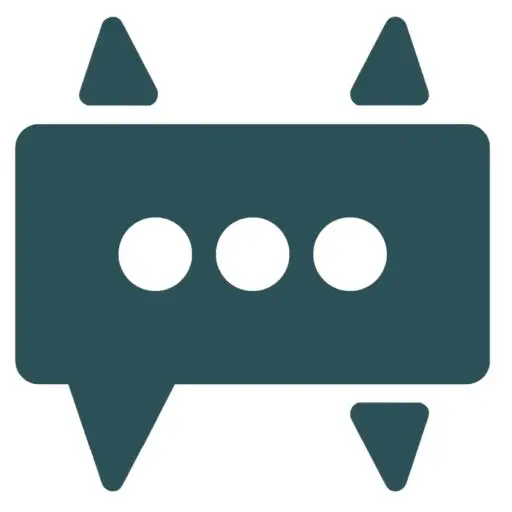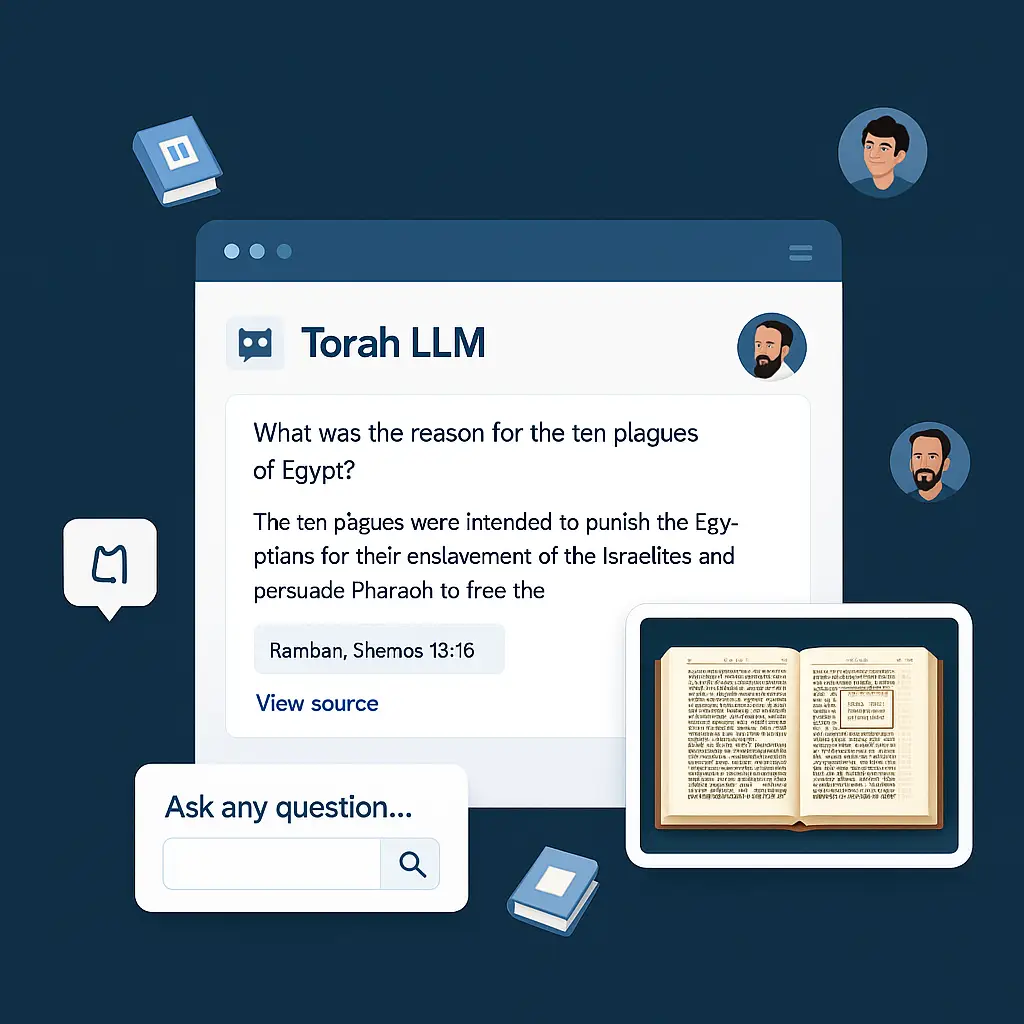A few weeks ago, someone forwarded me a ChatGPT response to a Torah question. It looked impressive, well-written, articulate, with sources neatly tucked in. Except… one of the primary sources it cited didn’t exist. Not a misquote. Not a subtle error. Just a completely fabricated reference in a masechta it had never appeared in.
It wasn’t the first time I’d seen that happen. And it won’t be the last.
This is what AI researchers call “hallucination”, when the model generates text that sounds plausible but isn’t grounded in truth. In secular applications, this can be annoying. In Torah, it’s unacceptable.
Torah Demands Integrity
We’re dealing with Divrei Elokim Chaim. The words we learn and repeat are not just data, they’re holy. One wrong line can mislead a student, distort a concept, or erode trust in the learning process altogether. Torah demands precision. Integrity. Authenticity. And most of today’s public AI models, as brilliant as they are, simply weren’t built for that.
AI Is Not the Enemy
But that doesn’t mean the technology itself is the problem.
AI, at its core, is a tool. And like any tool, it can be used well or poorly. A hammer can build a house or smash a window. A knife can prepare food or do harm. It depends on who’s holding it, and why.
Most AI today is trained to be creative. It fills in gaps, guesses context, and writes in a way that mimics how people talk. That’s great for brainstorming or storytelling. But in Torah? We don’t want “close enough.” We want “exact.” We want to see the source for ourselves. We want to learn from the meforesh, not from the machine.
Why We Built ChatTorah
That’s what inspired us to build ChatTorah.
ChatTorah isn’t just another chatbot. It’s an AI system built from the ground up with Torah values and accuracy in mind. Rather than allowing it to pull information from the vast, messy corners of the internet, we’re feeding it real Torah: seforim, mefarshim, teshuvos, shiurim, and more. And every answer is tied directly to a source you can verify, study, and trust.
That alone changes everything.
Technology for Kedusha
This project is more than a technical fix. It’s a mission. Hashem gave the world this technology, and He didn’t do it so we could generate shtus memes faster. He did it so we could use it for kedusha. For learning. For revealing the infinite depth of Torah in a way that speaks to this generation.
For too long, Torah has been locked behind language, formatting, and access barriers. So much of our mesorah is out there, but only a sliver of it is truly searchable. Most people don’t even know what they’re missing. Even seasoned learners often stick to what they already know because searching deeper takes hours, and often leads nowhere.
Meanwhile, those trying to explore Jewish wisdom for the first time, whether secular Jews or curious non-Jews, are left overwhelmed, confused, or simply misinformed.
The Mission of ChatTorah
By fusing advanced AI with carefully curated Torah content, we’re making Torah more approachable without compromising on its integrity. And this isn’t just a tool for scholars. It’s for anyone who’s ever had a question, ever wanted to explore a sugya deeper, or ever tried to track down the source of an idea they heard at a Shabbos table.
Imagine If…
- Imagine being able to ask a Torah question in plain English, Hebrew, Yiddish, or even a mix, and getting a clear, accurate answer with the sources right in front of you.
- Imagine a child preparing a dvar Torah with a tool that not only helps them find the ideas but teaches them where they come from.
- Imagine a Rosh Yeshiva using it to cross-reference sugyos for a shiur, and finding obscure but powerful parallels in seconds.
- Imagine a parent answering their kid’s deep question about Hashem, mitzvos, or morality, not with a shrug or a Google search, but with clarity and confidence.
- Imagine Torah becoming as searchable, as alive, and as reachable as any other form of knowledge online, but without sacrificing its soul.
Welcome to ChatTorah. Where these dreams can become a reality.

